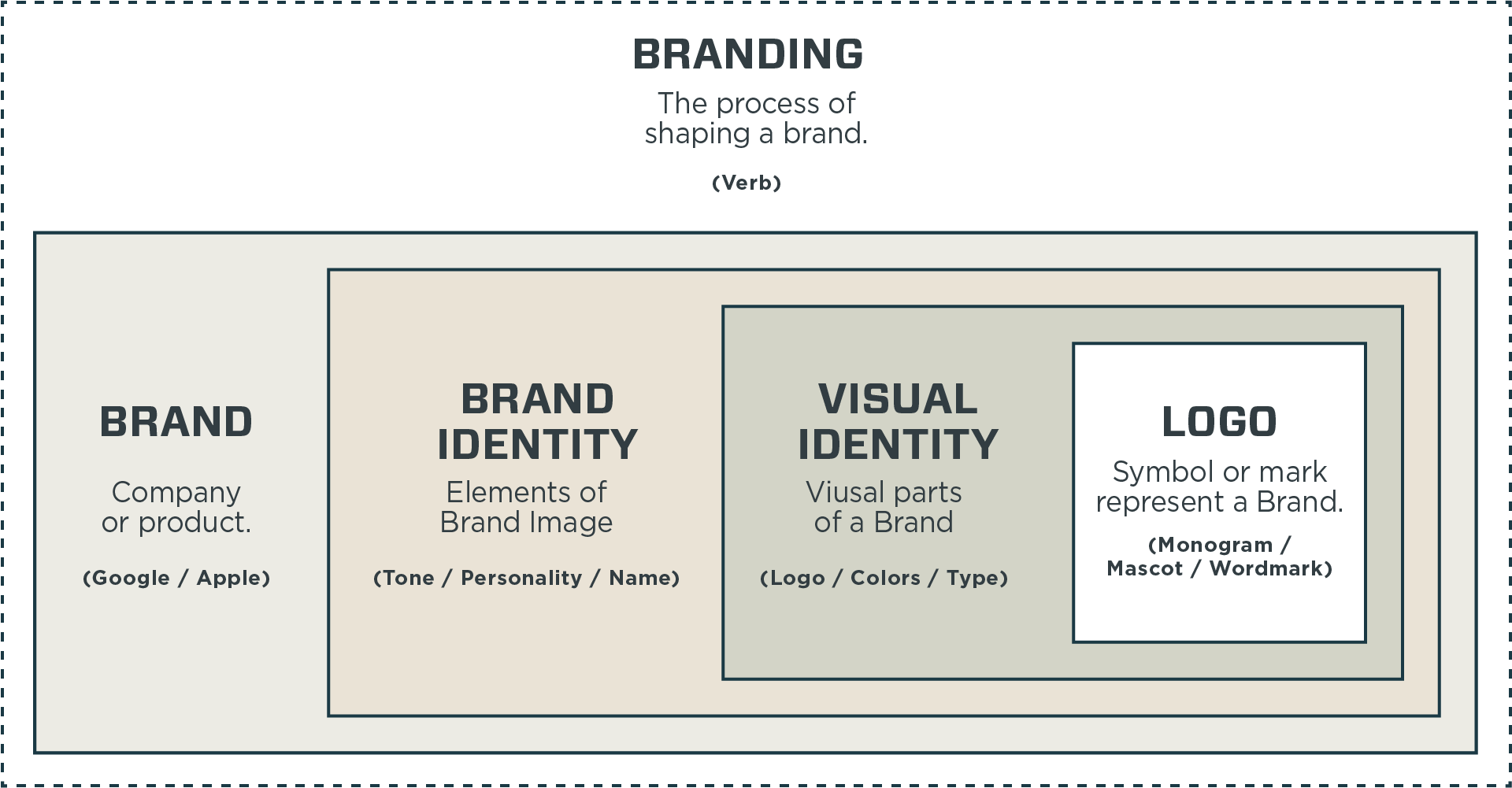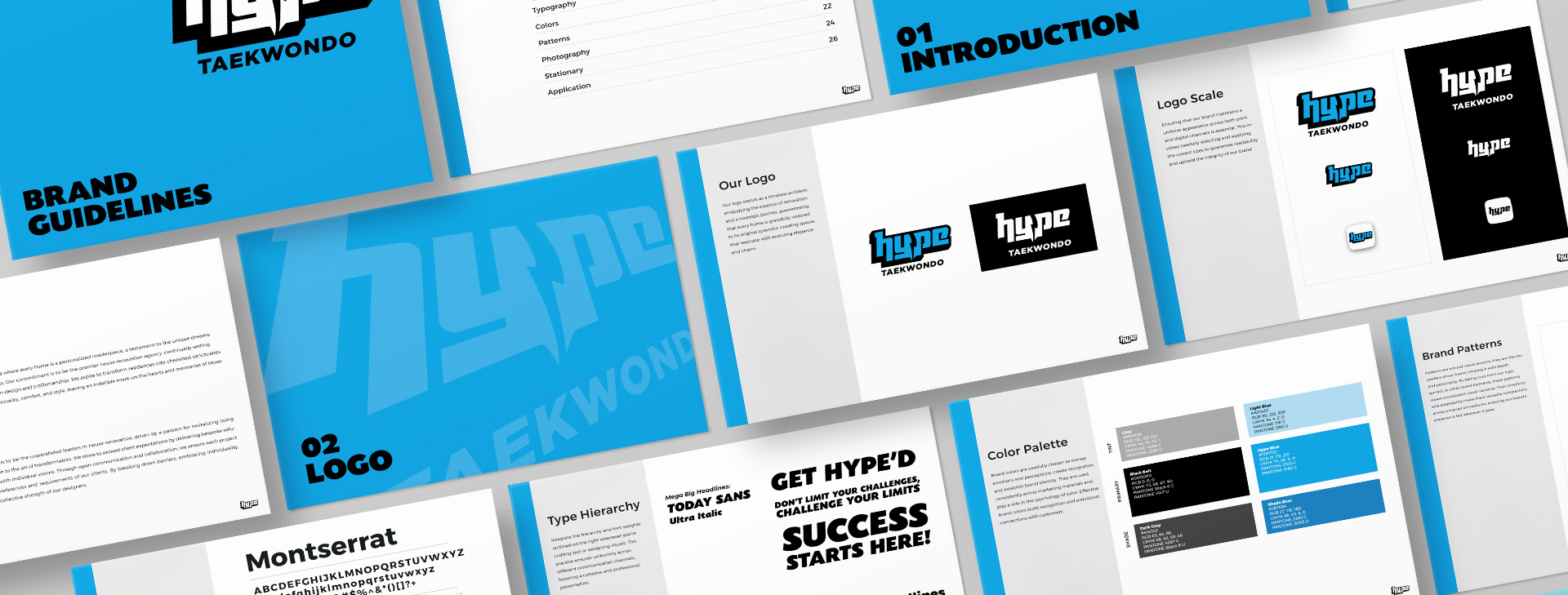Differentiating Branding, Identity Design, and Logos
Across business resources, terms like branding, brand identity, logo design, corporate identity, and brand strategy often intermingle, causing confusion as these terms might refer to similar concepts or be used interchangeably.
As a brand identity designer, my goal is clarity for clients about my role and its boundaries.

Understanding Branding, Identity, and Logos
What Constitutes a Brand?
A brand encapsulates the perception of a company.
It’s how people perceive your business—an amalgamation influenced by values, products, marketing, customer service, and even opinions shared at a grocery store. It encompasses every interaction point: from your logo, website, to the ambiance of your stores. Your brand is the collective impression people form about your business.
“Branding” strives to shape this perception. While you can’t control every aspect, you can curate experiences to leave a positive impact.
Defining Identity
A brand identity is the visual and verbal expression of a brand.
Under the broader umbrella of a “brand,” the identity is a subset. Just as an ID confirms your identity, the visual components that represent your company form its identity design:
Logos, colors, fonts, taglines, photography styles, illustration techniques, patterns, icons, and messaging.
A brand style guide catalogs these elements. It keeps everyone on the right track, ensuring consistent usage across platforms like websites, business cards, brochures, signs, packaging, vehicles, and more.

Understanding Logos
A logo symbolizes a company.
Among all brand elements, the logo stands out as the most recognizable. It doesn’t narrate your entire business but serves as a quick identifier—a visual trigger representing accumulated knowledge about your brand. It communicates the essence and character of your company, even to someone unaware of your business.
Role of a Brand Identity Designer
Brand identity designers craft strategic elements for your brand. Your unique logo, color palette, typography, messaging tone, and voice form an integral part of your brand’s illustration. While they won’t optimize your production line or dictate hiring choices, they do influence public perception through consistent, suitable visuals.

Unlocking the Advantages of Enlisting a Brand Identity Designer for Your Business
Whether you’re a burgeoning small business embarking on a new journey or a seasoned entity contemplating a revamp of your current brand identity, the question arises – is investing in enhanced design truly worthwhile?
If your business thrives on local referrals and your clientele is content with your services, perhaps the visual branding isn’t a top priority for professions like plumbers, mechanics, or dentists. As long as your service remains excellent, visual aesthetics may not be a critical concern.
However, if your business operates in a fiercely competitive market or an industry where aesthetics and messaging directly impact revenue (such as food and beverage, hospitality, fashion, tech, financial services, health and wellness, etc.), engaging the services of an identity designer can be transformative. A brand refresh might be necessary if your mission has evolved, your target audience has shifted, your products and services have undergone changes, new competition has emerged, or you aspire to reshape your reputation. If your existing identity design feels outdated and fails to resonate with consumers, signaling a new era through strategic design becomes imperative.
Ignite Desire
Captivate customers with visual appeal and a clear understanding of your company.
Look Established
Regardless of your business’s age, projecting an image of stability and longevity is achievable through the right brand identity design.
Ensure Memorability
Distinguish yourself from competitors through strong identity design that lingers in the minds of customers.
Cultivate Loyalty
A well-aligned design, coupled with a positive customer experience, fosters lasting emotional connections, resilient even in economic downturns.
Identity Design Mandates a Strategic Approach
Effective identity design goes beyond a mere logo; it’s a unified system.
This system, rooted in strategy, hinges on understanding your business’s core idea, values, personality, and target audience. When design aligns with both your identity and the preferences of your audience, it resonates powerfully.
The blueprint of this system should originate from a well-thought-out strategy. Delve into the core concept driving your business, identify your values, and articulate your unique approach. Uncover the personality of your company and pinpoint the like-minded customers who resonate with your endeavors. How do you plan to connect with them? What are their needs and preferences? What captivating element will draw them in, providing a glimpse into your remarkable offerings? The amalgamation of insights about your business and your target audience shapes the identity of your brand. When your design effectively bridges the gap between both realms, success is inevitable.
My role involves channeling the enchantment possessed by my clients into a brand identity that captivates their audience—encouraging them to sign up, join, purchase, advocate, or develop a profound affinity for the essence of what they stand for.
